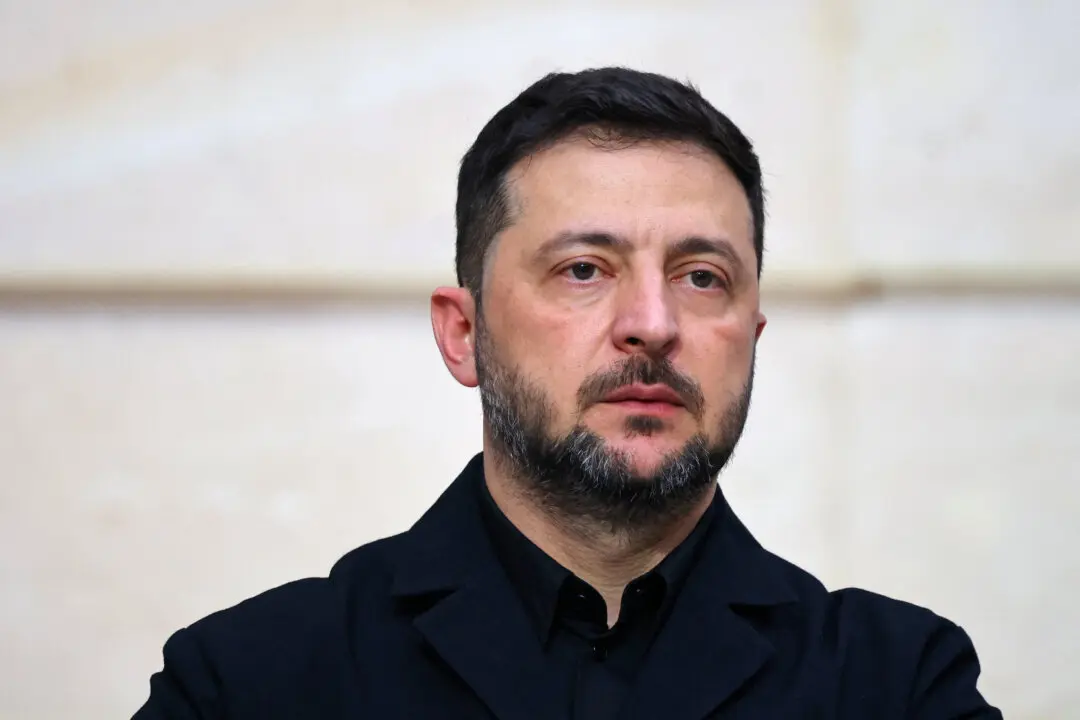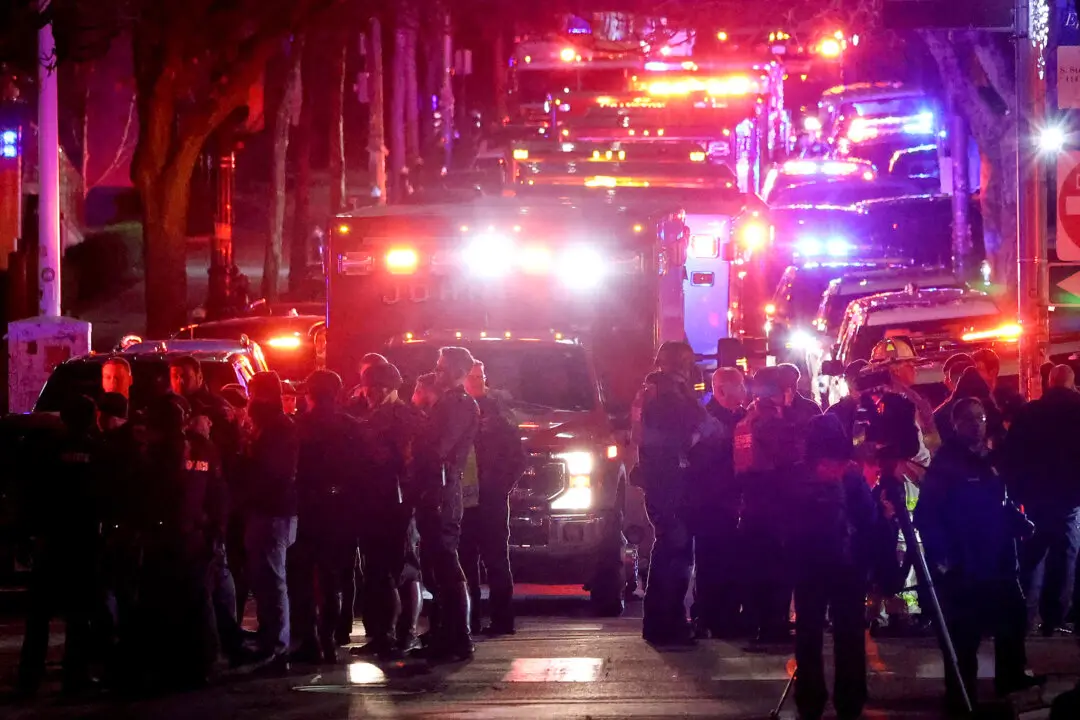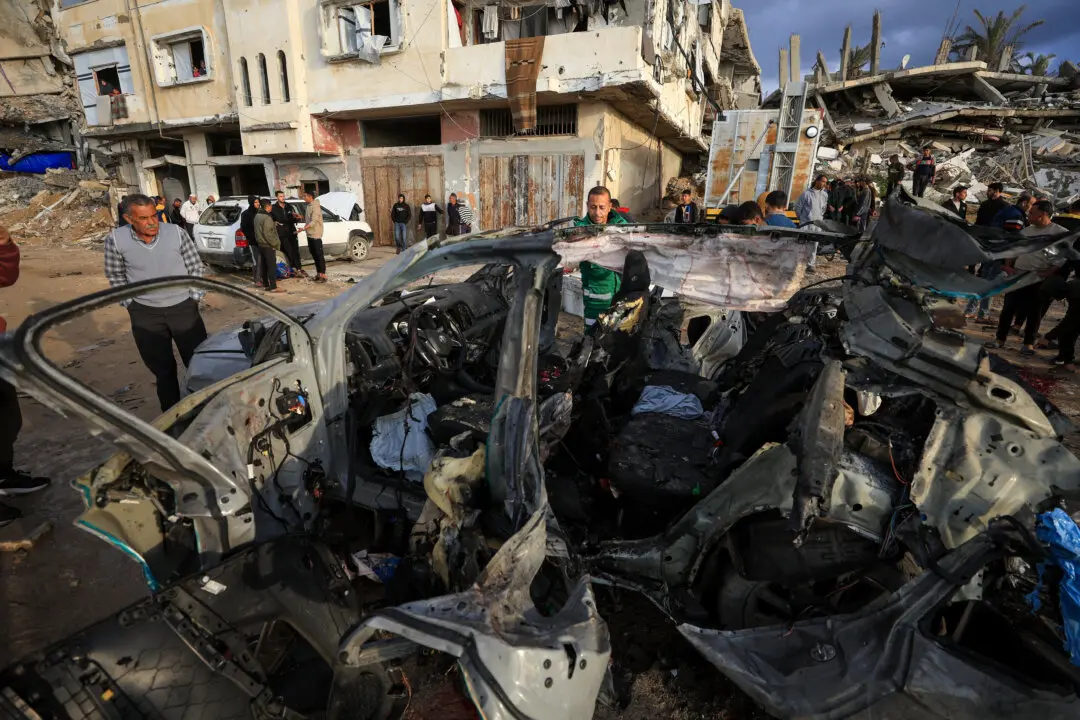U.S. Secretary of Defense Lloyd Austin has issued new instructions for how military personnel and contractors are allowed to handle classified information after sensitive military planning documents were recently leaked online.
On Friday, Mr. Austin issued a memo (pdf) providing military components, supporting agencies, and contractors with new instructions for how to handle classified national security information (CNSI). Among the changes Mr. Austin ordered were for the heads of various Department of Defense (DoD) components to ensure all their personnel with access to classified information are properly documented and that various security protocols are being followed.





